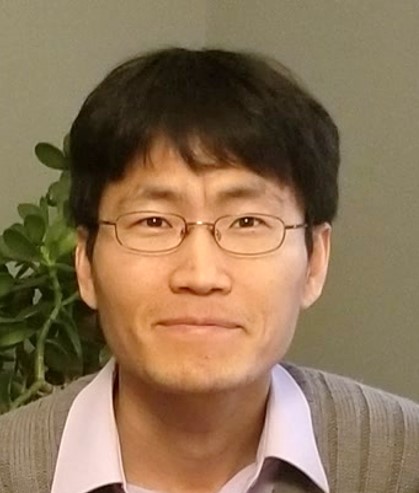Tissue Engineering
(M-502) Cell analyzer software to track and analyze cell movement
- LM
Lillian McAfee
Senior BME student
George Fox University, United States - ZH
Zach Heath
Computer Science
George Fox University, United States - MH
Marvin Hozi
Computer Science
George Fox University, United States - WO
Walker Orr
Computer Science Faculty
George Fox University, United States 
Youngbok Abraham Kang
Associate professor
George Fox University, United States
Presenting Author(s)
Co-Author(s)
Primary Investigator(s)
Microscopy image analysis is commonly used in understanding cellular behavior and is practiced in various biological and medical research domains. Cell size, dynamics, and migration are a few metrics that can be gathered from microscopy footage to quantitatively describe the cells’ behavior.
Unfortunately, deriving this data manually is time consuming and prone to subjective biases that impact results. In order to solve this issue, we developed an automated image analysis software. This software, named Cell Analyzer, tracks the size and position of cells throughout a microscopy video or image and returns useful data about the motion that can be exported into useable formats (Figures 1 and 2). Unlike other cell tracking softwares, whose graphical user interfaces (GUIs) are often overwhelming and require the user to have a background understanding of image processing, Cell Analyzer’s GUI (Figure 3) is very easy to navigate and has automated image processing.
This software is intended to make the data analysis side of cellular research faster and simpler. The information it provides makes it potentially very useful in studying cell migration, cell response to stimuli, or classification of different types of cells.
Materials and Methods::
Cell Analyzer was developed in Python and utilizes the OpenCV library for image processing. This versatile software supports many different media file types for both videos and images, and can provide data on 2D and 3D cultures. Options for a 2D culture include “Individual Tracking”, to provide information about a single cell, or “Culture Tracking”, to track all cells and return the average measurements. A “Spheroid Tracking” option is for tracking an organoid formed in a 3D culture.
The algorithm for tracking differs between the 2D and 3D settings. For 2D settings, edge detection is used to find all objects in the frame. Then the contours of the objects are fitted with a geometric shape, of which the area and centroid can be more easily calculated. For Spheroid tracking, initial edge detection is only applied within a user-defined region. Major contours within that region are then merged into one shape, whose area and centroid are then returned using OpenCV commands.
To track cells throughout a video, algorithms again vary between 2D and 3D settings, but all involve matching cells from frame to frame by closest distance and area. This system works well under the assumption that cells have small changes in position and area between frames. The data recorded in each frame is then used to calculate summarizing statistics, including cell displacement, velocity, and change in area.
Once the functioning software was developed, a series of tests were conducted to assess its ability to reliably detect, measure, and track cells.
Results, Conclusions, and Discussions::
Many tests were done to validate the software, but most notably, the software’s ability to accurately calculate the area and centroid was tested on an image featuring a variety of geometric shapes. Real microscopy time lapse videos were also used to test the software’s ability to keep track of cells over time. The data collected with Cell Analyzer on the test files were verified against a combination of ImageJ and manual analysis.
Cell Analyzer was found to be very accurate when locating the coordinates of the centroid of different shapes, with a percent error under 3% when compared to ImageJ. Unfortunately, area measurement was less successful. The area derivation for spheroid tracking was significantly more accurate than that for the 2D tracker settings, however, for all settings, the percent error rate when compared to ImageJ was well above the goal of 5%. The high error for the 2D tracker area is most likely attributed to the algorithm’s simplified method of obtaining the area. While less exact, all the cells in the 2D culture are calculated in the same manner, so it is still effective for comparing a cell to itself and others.
The tracking tests revealed that the software performs well when following an individual cell object, as evidenced by accurate coordinate points throughout sample videos. However, in some instances, the software began tracking a different cell partway through the video, resulting in a large error. This error often occurred in crowded well plates when a cell of similar size moved close to the original cell.
In its current iteration, Cell Analyzer can accurately return the position of the cell’s centroid in an image, however its ability to measure area or track cells throughout a video is not yet sufficiently reliable. Future development of the software would include improving the accuracy of the tracking and area measurements. A few possible options for achieving this include adapting the spheroid area calculation method for 2D cultures or developing a machine learning algorithm for recognizing cells and predicting motion.
Acknowledgements (Optional): : This project was supported in part by the George Fox University Grant GFU2023G10 and Holman Professorship Program.
References (Optional): :
